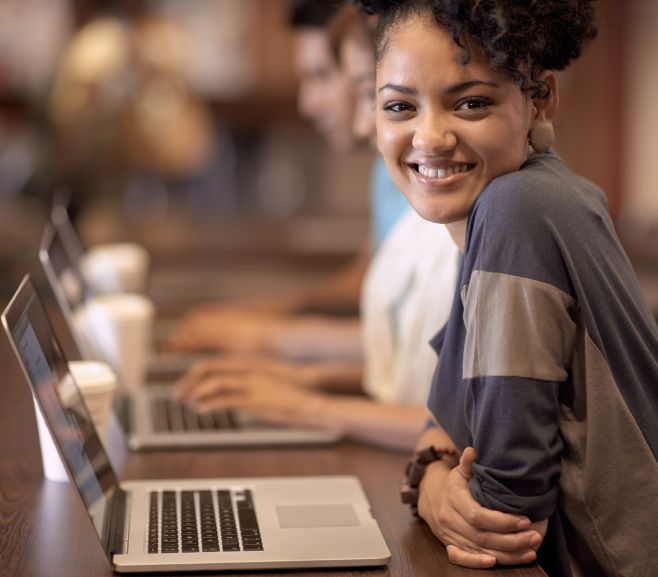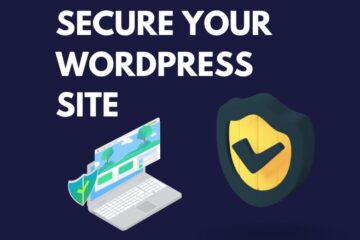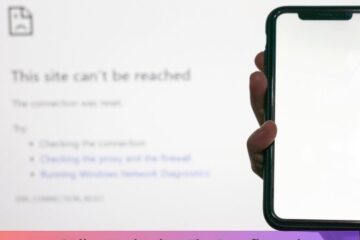Are you a kinesthetic learner struggling to absorb information on websites? Kinesthetic learners are those who prefer a hands-on approach to learning and find it difficult to learn through lectures or reading alone. If you are one of these learners, you may find it hard to focus on a website that is filled with text and images. Fortunately, there are strategies you can use to optimize your learning experience on websites. In this article, we will explore the best kinesthetic learning strategies for website learners.
What is Kinesthetic Learning?
Kinesthetic learning is a learning style where individuals learn by doing or physically interacting with the world around them. Kinesthetic learners prefer hands-on activities that allow them to touch, move, and manipulate objects. They learn best when they can engage their senses, such as touch, taste, sight, and smell.
Kinesthetic Learning Strategies for Website Learners
- Take Breaks and Move Around

As a kinesthetic learner, it can be challenging to stay focused while staring at a computer screen for long periods. Taking frequent breaks and moving around can help you maintain focus and improve your ability to absorb information. Try to take a quick walk or do some stretching exercises every 20-30 minutes to keep your body and mind engaged.
- Use Interactive Websites
Interactive websites are an excellent resource for kinesthetic learners. These websites allow you to interact with the content, which can make it easier to remember and retain the information. Look for websites that have games, quizzes, or simulations that allow you to engage with the content in a fun and interactive way.

- Take Notes by Hand

Taking notes by hand is an effective strategy for kinesthetic learners. Writing by hand engages your motor skills, which can improve your ability to remember and understand the material. Additionally, taking notes by hand can help you stay focused and engaged in the learning process.
- Use Videos and Tutorials

Videos and tutorials are an excellent resource for kinesthetic learners. These resources allow you to see and hear the material, which can make it easier to understand and remember. Look for videos and tutorials that provide step-by-step instructions and allow you to follow along with the content.
- Create Mind Maps
Mind maps are a visual representation of information that can be an effective tool for kinesthetic learners. Mind maps allow you to organize and connect ideas in a way that is easy to understand and remember. Use different colors and symbols to create a visually appealing mind map that engages your senses.
- Take Online Courses with Hands-On Components
Online courses with hands-on components are an excellent resource for kinesthetic learners. These courses allow you to engage with the material in a hands-on way, which can improve your ability to understand and remember the content. Look for courses that include activities, projects, or simulations that allow you to apply the material in a practical way.
- Use Mnemonics
Mnemonics are memory aids that can be effective tools for kinesthetic learners. Mnemonics allow you to connect the information to an image or phrase, which can make it easier to remember. For example, you can use a mnemonic to remember the order of the planets in the solar system by creating a sentence where the first letter of each word corresponds to a planet.
- Participate in Group Discussions

Group discussions are an excellent resource for kinesthetic learners. These discussions allow you to engage with the material in a social and interactive way, which can improve your ability to understand and remember the content. Look for online forums or discussion groups where you can connect with other learners and share ideas.
- Use Flashcards
Flashcards are an effective tool for kinesthetic learners. Flashcards allow you to engage your senses by touching and manipulating the cards. Additionally, flashcards can be used to reinforce memory and help you remember important concepts and facts. Create your own flashcards or use online flashcard apps to practice and review the material.
- Try Hands-On Activities
Hands-on activities are a great way for kinesthetic learners to engage with the material in a practical way. Look for hands-on activities that allow you to apply the material in a real-world context. For example, if you are learning about physics, you could try building a simple machine or conducting a science experiment.
- Use a Whiteboard
Using a whiteboard is an effective strategy for kinesthetic learners. A whiteboard allows you to write and draw, which engages your motor skills and improves your ability to understand and remember the material. Additionally, a whiteboard can be used to create mind maps or diagrams that can help you organize and connect ideas.

- Engage Your Senses
Engaging your senses is an important strategy for kinesthetic learners. Try to incorporate sensory experiences into your learning process. For example, you could light a scented candle while studying or listen to music that complements the material you are learning.
- Use Manipulatives
Manipulatives are objects that can be manipulated to represent and solve problems. Manipulatives are an effective tool for kinesthetic learners because they allow you to physically interact with the material. Look for manipulatives that correspond to the material you are learning, such as blocks for math or models for science.
- Incorporate Movement
Incorporating movement into your learning process can be an effective strategy for kinesthetic learners. Try to incorporate movement into your study routine, such as pacing while reading or doing exercises while listening to lectures. Additionally, you could try incorporating movement into your study breaks by doing a quick workout or practicing yoga.
- Use Gamification
Gamification is the process of using game elements to make learning more engaging and fun. Gamification is an effective strategy for kinesthetic learners because it allows you to interact with the material in a fun and interactive way. Look for websites or apps that use gamification to teach the material you are learning.
Conclusion
Kinesthetic learners can struggle to learn from websites, but there are strategies you can use to optimize your learning experience. By taking breaks, using interactive websites, taking notes by hand, using videos and tutorials, creating mind maps, taking online courses with hands-on components, using mnemonics, participating in group discussions, using flashcards, trying hands-on activities, using a whiteboard, engaging your senses, using manipulatives, incorporating movement, and using gamification, you can improve your ability to understand and remember the material.




